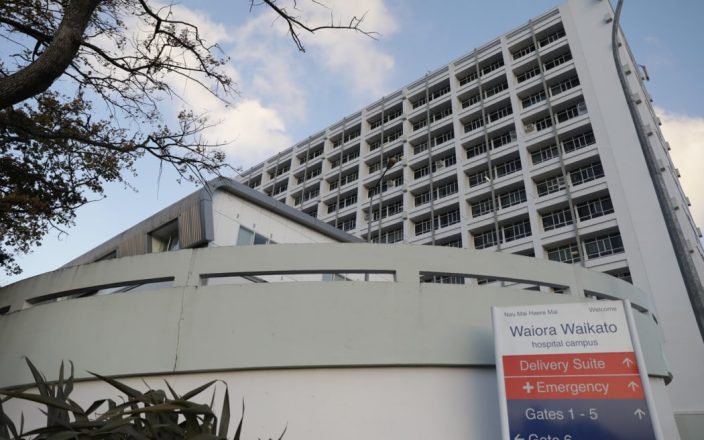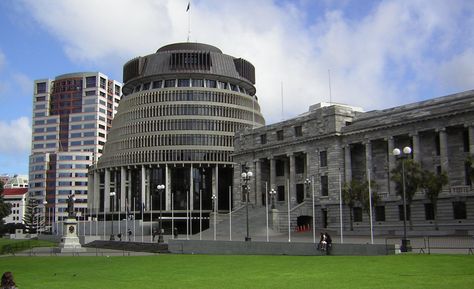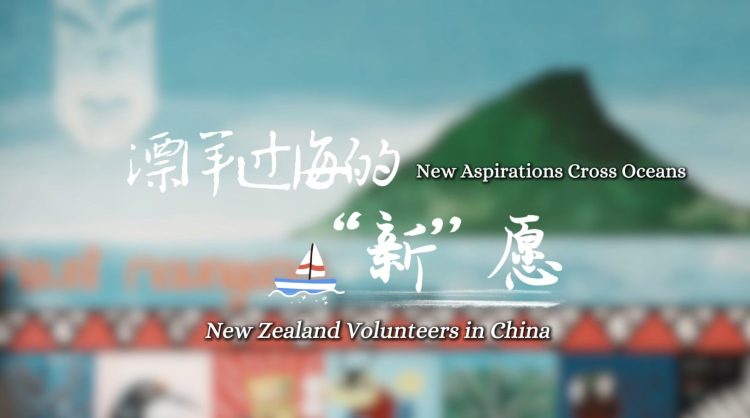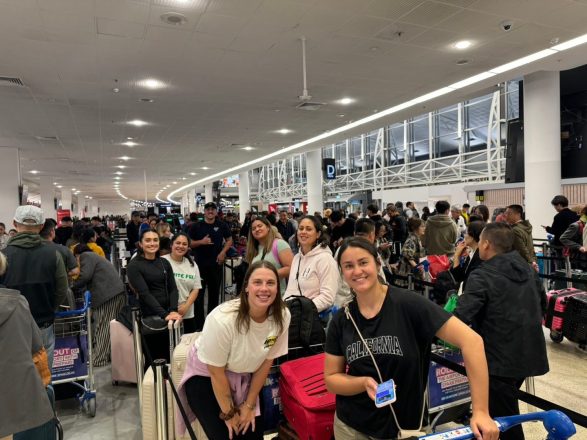The cardiology department at Waikato Hospital is facing a big problem. They need more beds but currently have double the number of patients they can handle.
Doctors say delays in cardiac surgery are causing long wait times, up to eight weeks. This means patients are taking up important bed space in other departments while they wait for their operations. Dr. Martin Stiles, chairperson of the Cardiac Society of New Zealand and a former cardiologist at Waikato, says the department is set up for 54 beds but had 109 patients last week.
This overflow leads to “bed-blocking,” which makes it hard for patients in the Emergency Department to get a ward bed. As a result, some patients are stuck waiting in the ER or in ambulances. Currently, there are 20 inpatients waiting for surgery. Dr. Stiles said that if someone comes in with a heart attack needing surgery, they might have to wait four or five weeks.
Health New Zealand reports the average wait time at Waikato is 29 days, but this number is not accurate for everyone. Patients with urgent needs get quicker surgeries, while those with fewer symptoms can wait much longer; one patient recently waited 54 days.
The delays are due to resource issues like broken equipment, tired surgeons, and high hospital workloads. Waikato also lacks a dedicated cardiovascular intensive care unit, which means if there’s a crisis, like a car crash, cardiac surgeries get postponed.
Waikato used to send some patients to Auckland and Wellington for surgery, but that has stopped. They sometimes use nearby private hospital Braemar for surgeries.
In New Zealand, there are five cardiac surgery units, with the shortest wait times in Wellington at about two to three weeks. Dr. Sarah Fairley, an interventional cardiologist, points out that even this wait is too long. She mentions funding issues and outdated equipment as contributing factors to the problem.
Health New Zealand’s Michelle Sutherland acknowledged the pressure on services due to high demand and workforce shortages. She said they are using private facilities like Braemar to fill gaps in the public system, but this does not reduce resources from public health.
Sutherland stated that Waikato Hospital has advanced equipment, but the high number of patients is a challenge that affects all areas, not just cardiology.






























































